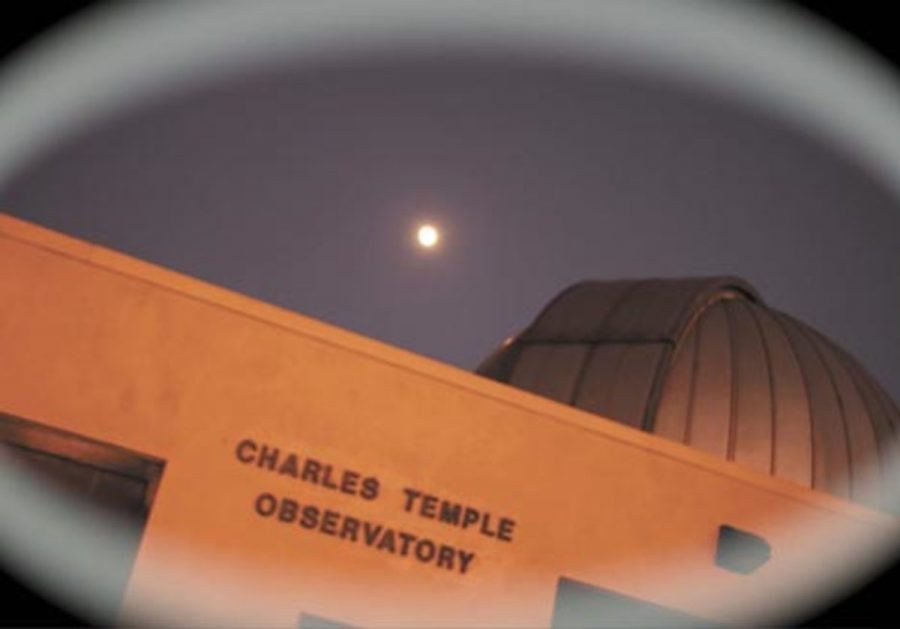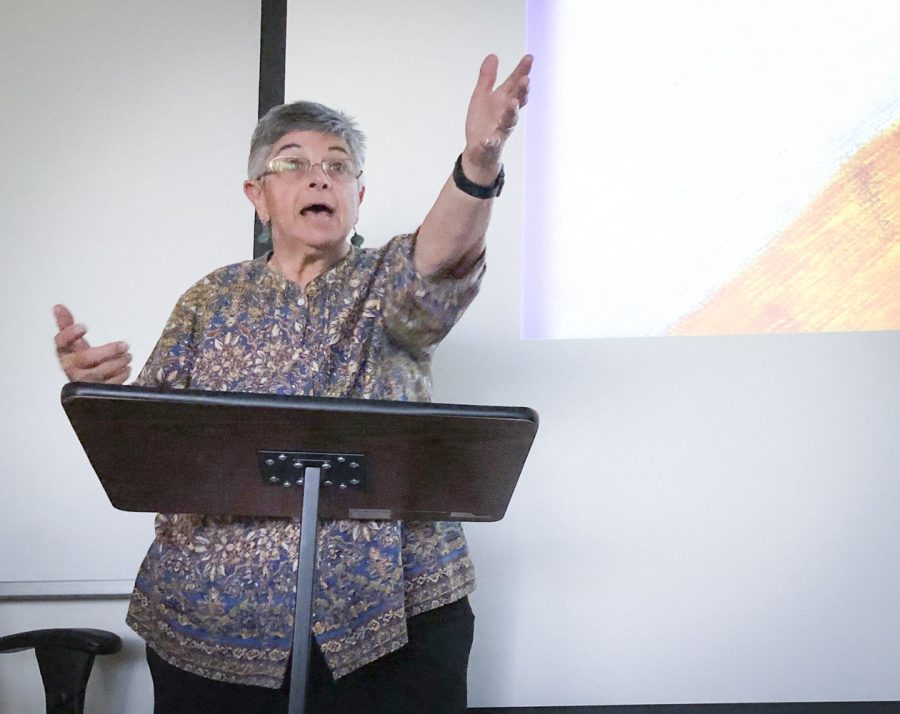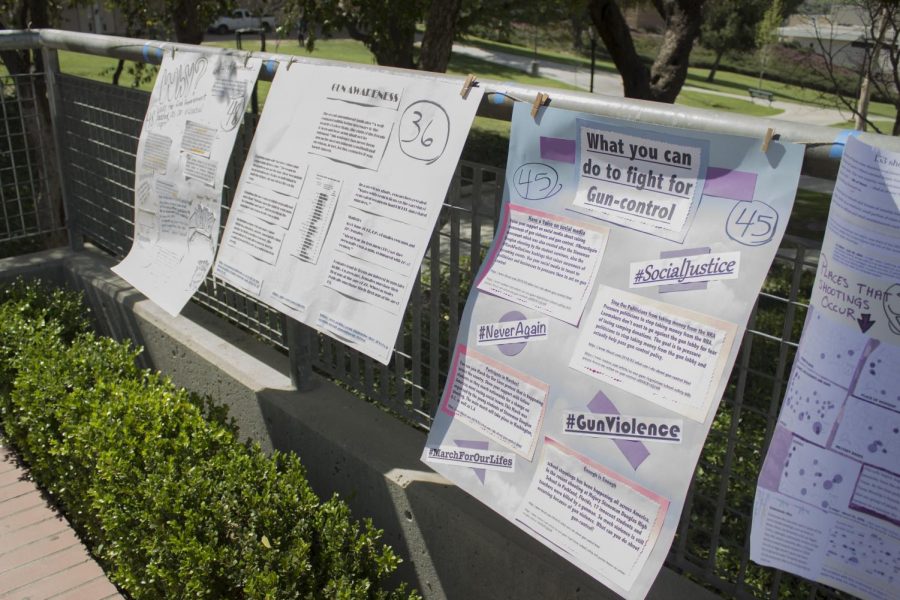Students and the public can view a rare astronomical event through Moorpark College Observatory telescopes on Wednesday, Nov. 8, when the planet Mercury can be seen moving across the face of the sun.
Called the transit of Mercury, this phenomenon can be viewed any time between 11:12 a.m. and 4:10 p.m., through telescopes set up on the observatory patio. Professor James Somers will be available to help and answer questions.
Mercury will appear as a small dark circle, approximately 1/158 of the diameter of the sun, moving slowly across the face of the sun. It is safe to look directly at the sun through the telescopes because they are equipped with filters that emit only 1/10,000 of the sun’s light.
“The unusual thing about this transit is that not everyone will be able to see it,” said Somers. “We on the west coast will be able to see it from start to finish.”
Only transits of Mercury and Venus are visible from Earth, since their orbits lie between the Earth and the sun. On average, Mercury transits the sun 13 times each century, while transits of Venus occur less than twice a century. The next transit of Mercury won’t happen until 2016.
In the past, transits of Mercury and Venus were useful in scientific research. Before the advent of radar, they were used to determine the distance to the sun, and to all the planets in the solar system. The transits also helped scientists determine whether Mercury and Venus had atmospheres.
The transit of Mercury is only visible with a telescope that magnifies at least 50 to 100 times and is not visible with the naked eye. Scientists warn people never to look directly at the sun as it can damage your eyes. The Moorpark College Observatory is located next to parking lot D off of Campus Rd. For more info, contact the Ventura County Astronomical Society at 520-9666 or www.vcas.org, or Professor Balazs Becht at 378-1400 x1758.






